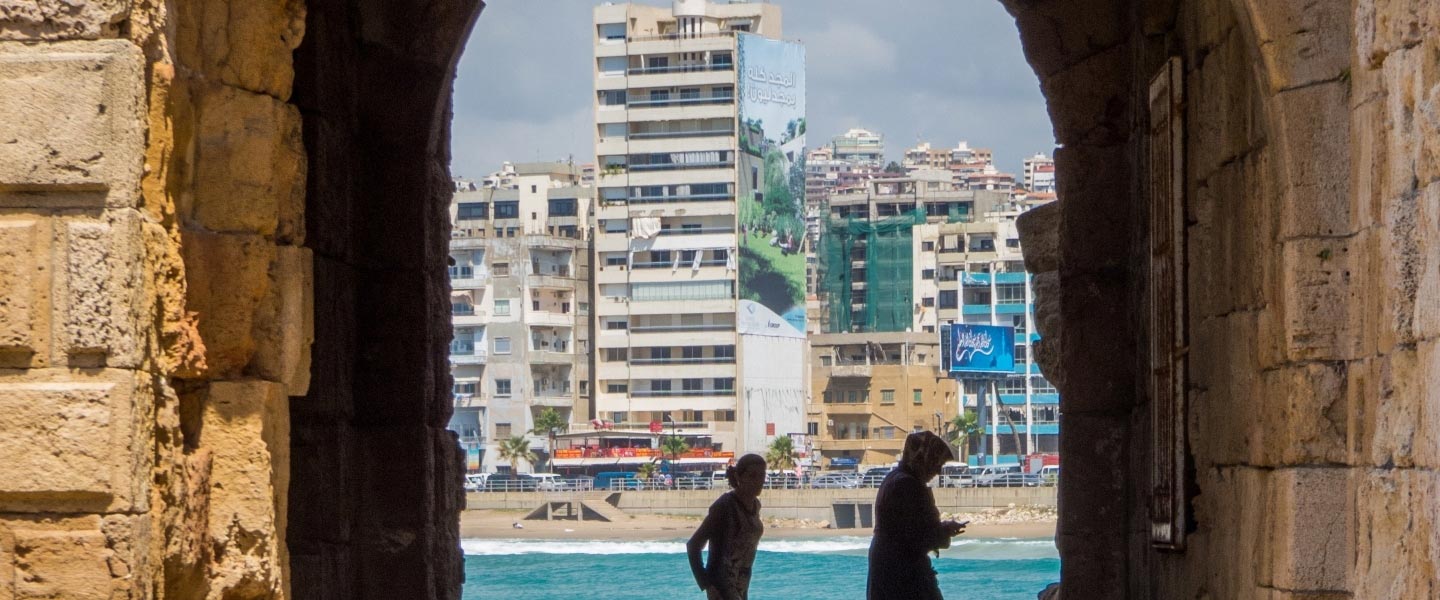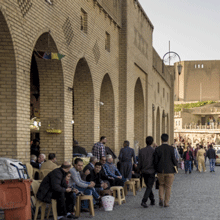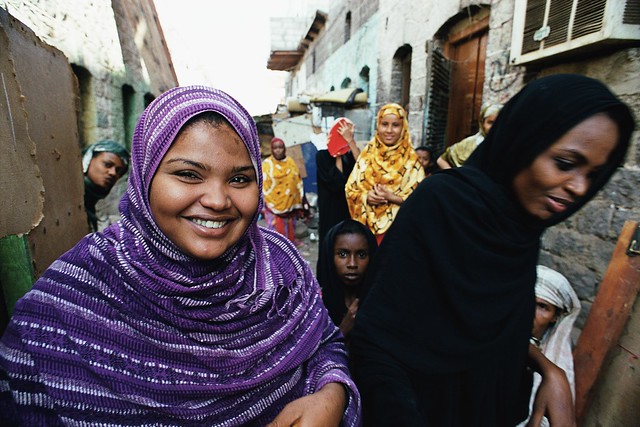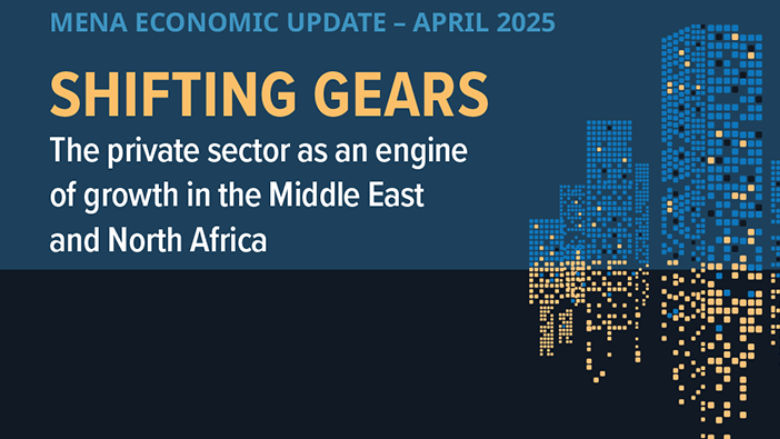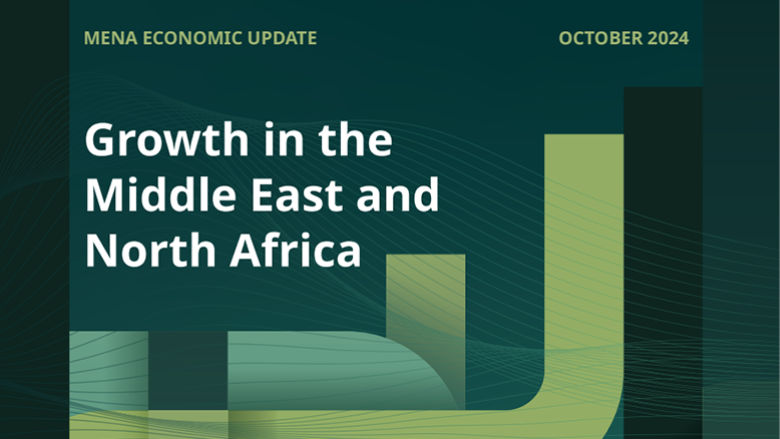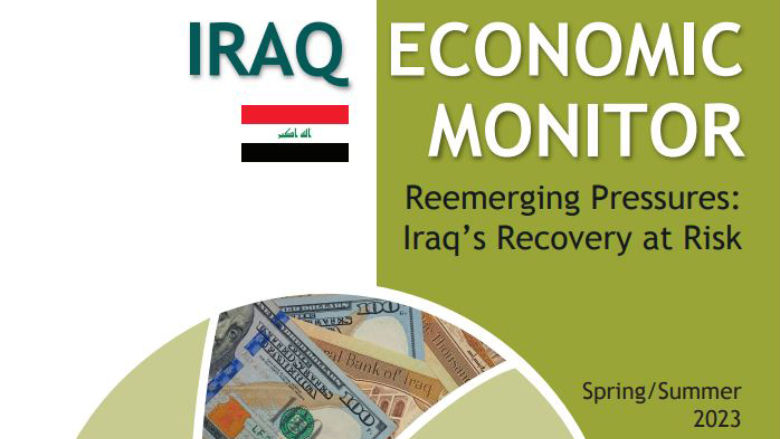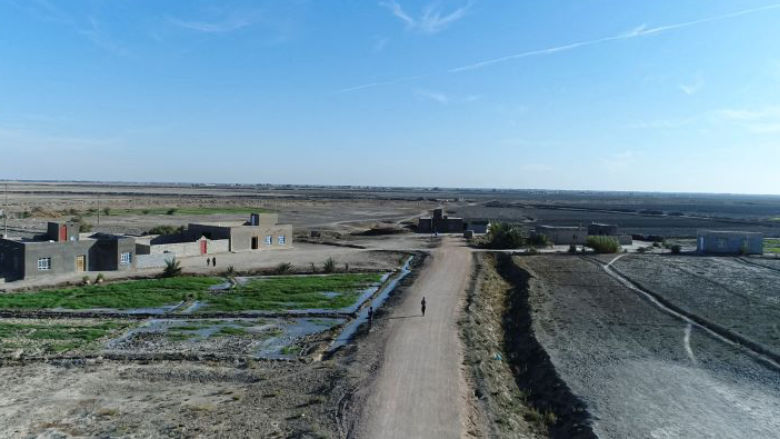The World Bank Group mobilizes financial and technical assistance in support of the Government of Iraq’s efforts to regain the trust of its citizens by stabilizing its economy, improving governance and supporting the rebuilding of livelihoods. The World Bank works closely with partners in the international community to support economic reforms that strengthen the long‑term economy. It released a Country Economic Memorandum in September 2020. This analyzes the constraints and drivers of growth and recommends policies for more diverse and inclusive economic models.
In August 2021, the World Bank Board approved its new Country Partnership Framework (CPF) with Iraq for the fiscal years 2022–2026. The framework lays out the main development goals it will support in Iraq. It proposes a series of strategic interventions to help the country respond to the pandemic, reform the economy and rebuild its human capital. It is organized under two pillars: (i) improved governance and public service delivery and private sector participation and (ii) strengthened human capital, into which corporate priorities such as citizen engagement, gender equality and climate change are mainstreamed. The framework of the CPF will be implemented in two phases to allow the flexibility to adapt to changes over the five‑year period.
The Bank launched the Iraq Human Development Public Expenditure Review Report (HD‑PER) in May 2021 for broad dissemination. The HD‑PER offers evidence‑based policy recommendations to inform urgently needed reforms to spur human capital development in the sectors of health, education and the pension system.
World Bank
The following have been the main areas of the World Bank’s engagement in Iraq since 2015:
Fiscal Stabilization
In December 2015, the World Bank approved a US$1.2 billion Development Policy Financing loan (DPF) . In December 2016, another US$1.44 billion DPF loan to help Iraq weather its fiscal crisis and move ahead with reforms in three areas: the management of public finances; a more stable and sustainable energy supply and more efficient, transparent state‑owned enterprises.
Modernization of Public Financial Management Systems (PFM)
This project is financed with an International Bank of Reconstruction and Development (IBRD) loan of US$41.5 million and implemented by the Federal Ministry of Finance, Ministry of Planning and the Kurdistan Regional Government’s Ministry of Planning. It aims to increase transparency, improve the management of financial information and modernize public procurement at selected federal and governorate agencies.
A Multi‑Donor Trust Fund:
The Iraq Reform, Recovery and Reconstruction Fund (I3RF) was founded in partnership with the Government of Iraq in 2018, and it is funded by Germany, the United Kingdom, Canada and Sweden. The I3RF provides a platform for financing and strategic dialogue for reconstruction and development. It has a focus on targeted national reforms and public and private investments in sectors involving socio‑economic recovery and reconstruction. It also aspires to support gender equality, peacebuilding and citizen engagement. The Fund has played a key role in policy dialogue around reforms in Iraq. Its analytical work provided evidence which informed the Government of Iraq reform program, also known as the White Paper. Since the official adoption of the White Paper in October 2020, the I3RF has been working closely with 28 line ministries and other government entities to develop concrete action plans to implement the government reform agenda through technical assistance, advisory, analytical work and Recipient‑Executed pilot projects. In 2021, the I3RF produced 32 multi‑sectoral analytical works related to the White Paper of Iraq. The Fund has significantly contributed to delisting Iraq from the European Union’s list of high‑risk countries for money laundering under the leadership of the Anti‑Money Laundering and Countering Financing of Terrorism Office. It has also contributed to delisting Iraq from the World Bank list of non‑compliant countries for reporting on external public debt. More details on the I3RF support to Iraq in 2021 can be found in the Annual Report of the I3RF 2021.
The World Bank Emergency Response includes:
Emergency Operations for Development (EODP)
In July 2015, the World Bank approved a US$350 million financial package to Iraq to support the reconstruction of infrastructure and restoration of public services in and around municipal areas newly retaken from ISIS. The public services include health, electricity, water, sanitation, solid waste collection, transport, education and agriculture. In response to the need for more reconstruction in Mosul and other areas, it approved additional financing of US$400 million in 2017.
COVID‑19 Response
- In September 2021, the World Bank Board of Directors approved the Iraq COVID‑19 Vaccination Project for US$100 million under the COVID‑19 Strategic Preparedness and Response Program (SPRP), including a grant of US$2 million from the Multi‑Donor Trust Fund for I3RF. The project aims to support the GOI in the acquisition and distribution of COVID‑19 vaccines.
- The World Bank used its active program in Iraq to respond to the impact of COVID‑19 pandemic through the reallocation and restructuring of the undisbursed portfolio. An amount of US$7.8 million, held under the Emergency Operation for Development project (EODP), was restructured in July 2020 to procure COVID‑response medical equipment.
- The urgent EODP project’s restructuring efforts were combined with a COVID‑19 Response and Health System Strengthening Technical Assistance program, financed by the I3RF, to strengthen the government’s capacity to respond to the COVID‑19 pandemic and to develop innovative models to improve the financing, access and quality of healthcare services.
Other World Bank‑financed sector projects
A US$355 million project to improve connectivity and safety on selected road sections of Expressway No. 1, a 1,200 km‑long highway serving traffic along Iraq’s east‑west and south‑north corridors. It links Um Qasr in the south with Jordan and Syria via Baghdad, and the north‑south trade corridor in Duhok governorate towards the Ibrahim El‑Khalil border crossing with Turkey.
A US$210 million project to improve the quality of drinking water and wastewater services in Baghdad, with the objective of improving utility management and creating an enabling environment. The project aims to strengthen institutions for integrated urban water management and utility management and to create an enabling environment for private sector management and investment in drinking water supplies and wastewater infrastructure.
A US$300 million Community Driven Development project was launched in 2019 to improve access to basic services and increase short‑term employment opportunities in targeted communities. The SFD project is now active in all the 18 governorates in Iraq with community subprojects having been implemented, under implementation or awaiting to be launched in 12 governorates. This overall progress has resulted in a growing portfolio of community subprojects to improve basic services and provide access to short‑term employment at the village‑level. The SFD project is credited for impacting positively on participatory planning and citizen engagement in participating villages and governorates.
A subnational project of US$200 million to foster increased private sector participation in the medium term, this works to improve the reliability and operational efficiency of electrical services in Basra Governorate. It supports broader objectives of decentralizing services.
A recipient‑executed grant to promote the social and economic inclusion of at least 3,000 conflict‑affected Iraqi youth (ages 15 to 29) through entrepreneurship and youth‑led community development activities.
International Finance Corporation (IFC)
IFC has been engaged in Iraq for more than 15 years, mobilizing foreign direct investment (FDI) and providing advisory services to support the growth of Iraq’s private sector and the diversification of its economy. Since 2005, IFC has provided and mobilized over $1.2 billion in financing for the energy, telecoms, manufacturing, agribusiness, logistics, tourism and banking sectors.
In 2021, IFC was the lead arranger for a five‑year, $360 million loan to Basrah Gas Company for one of the largest gas flaring reduction projects in the world – to help improve energy access, prevent associated greenhouse gas emissions and support a more resilient and sustainable energy sector. The project will support Iraq’s transition to a lower carbon path and help the country meet its growing power needs.
IFC also spearheaded a landmark $125 million financing package for a modern shipping terminal in Umm Qasr Port in Basra, Iraq's largest port – one of the largest non‑energy‑related FDI investments in the country to date. The new terminal is expected to significantly reduce vessel turnaround times, helping to boost trade and enhance the country’s connectivity to global markets.
Going forward, IFC is continuing its focus on infrastructure, gas capture and renewable energy. It is also exploring investment opportunities in financial markets, manufacturing and agriculture. On the advisory front, IFC has a wide program covering capacity building for banks and financial institutions (including small- and medium-enterprise banking, digital financial services and risk management), as well as corporate governance and public‑private partnership engagement.
In addition, IFC is collaborating with the World Bank and other development partners through the Prospects Partnership, which supports entrepreneurship to provide new opportunities and create jobs for forcibly displaced persons and vulnerable host communities.
Multilateral Investment Guarantee Agency (MIGA)
MIGA’s outstanding gross exposure in Iraq stood at US$8 million as of March 25, 2022. MIGA signed its first contract of guarantee in Iraq in FY2011 for a project that supported a Turkish investment in a water bottling plant in Baghdad. In FY2014, MIGA provided another guarantee for a project in the telecom sector in the Kurdistan autonomous region of Iraq. And, in FY2015, it supported a port logistics project in Umm Qasr. Most recently, in FY2019, MIGA issued guarantees in favor of a Lebanese financial institution with operations in Iraq.
The Bank, IFC and MIGA are working closely together to identify opportunities to support FDI for Iraq’s reconstruction and recovery, especially in the energy, transport and financial sectors.
Last Updated: Jun 01, 2022
